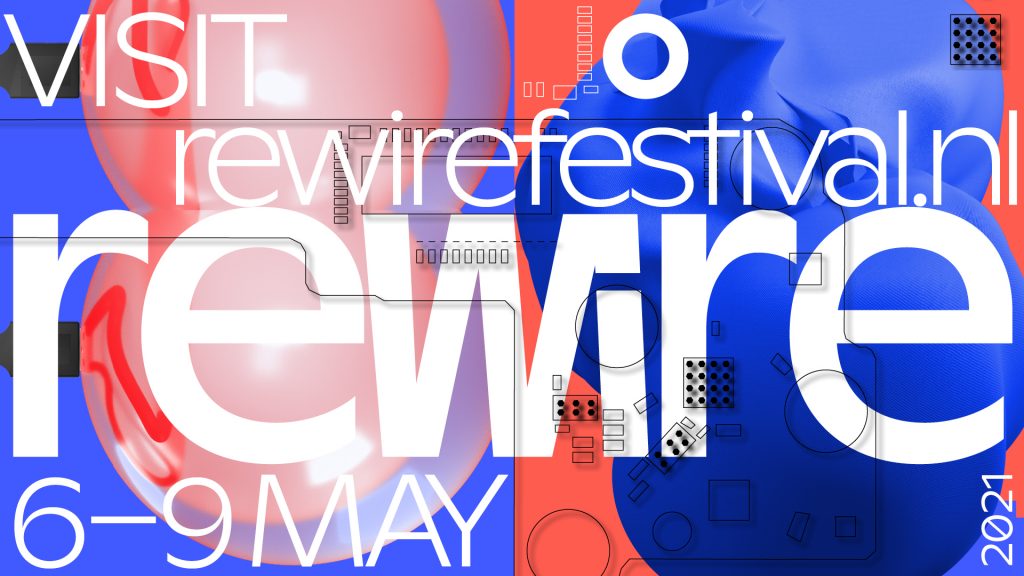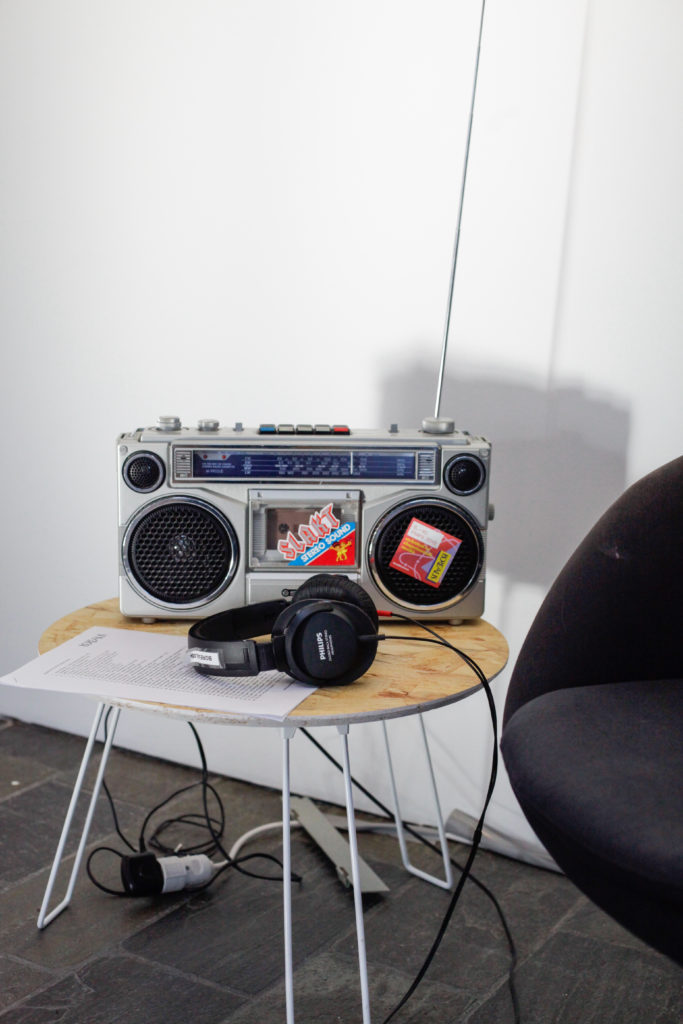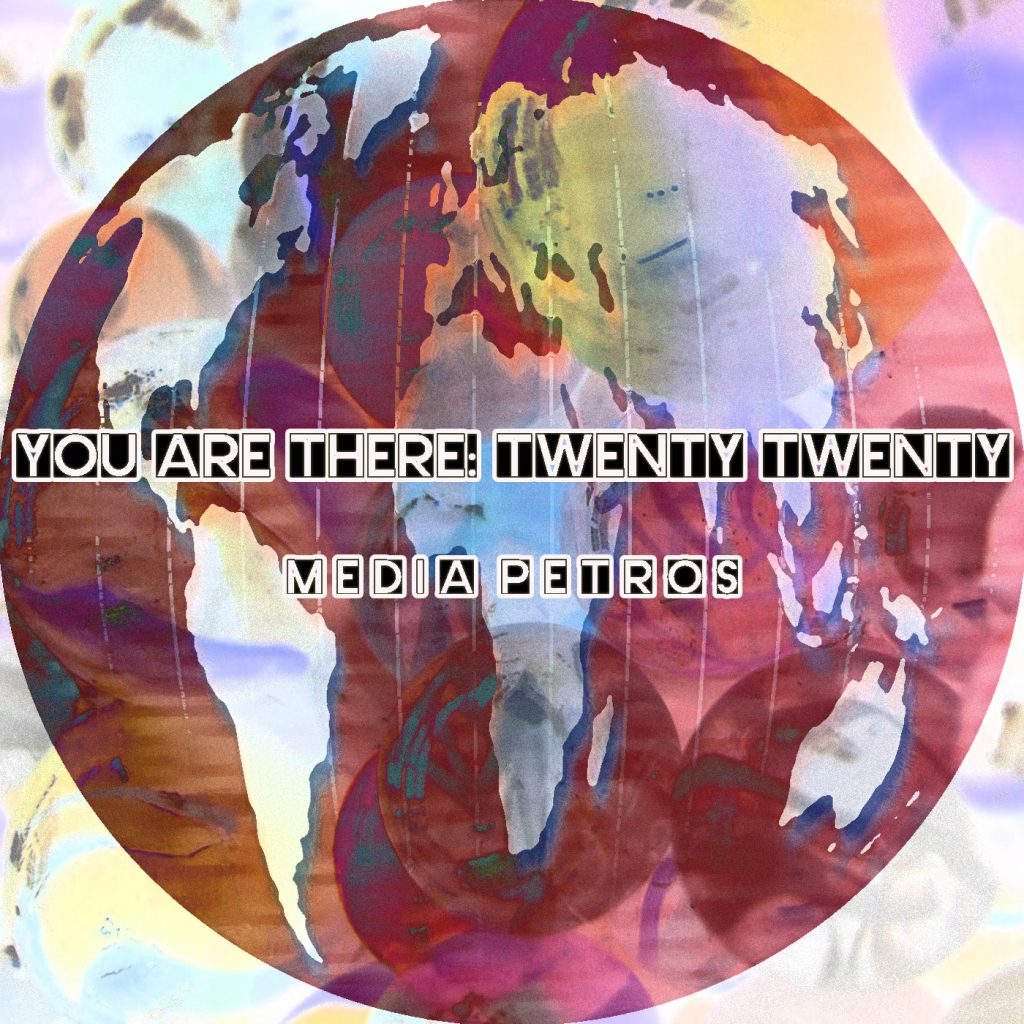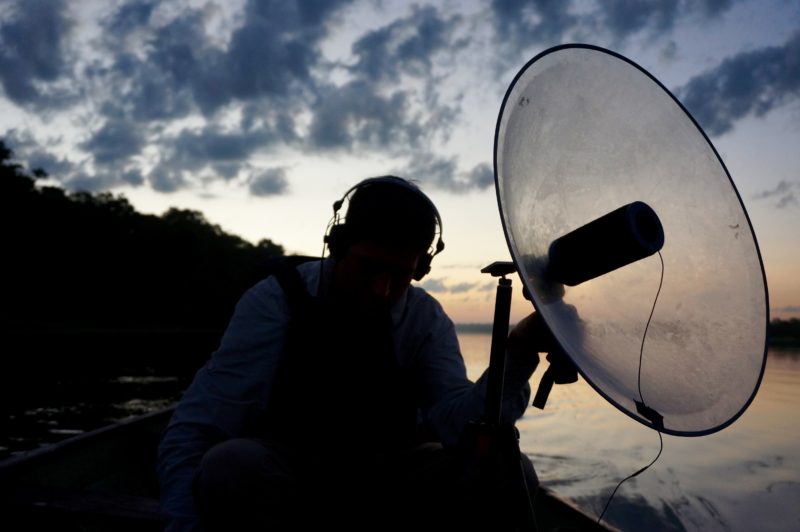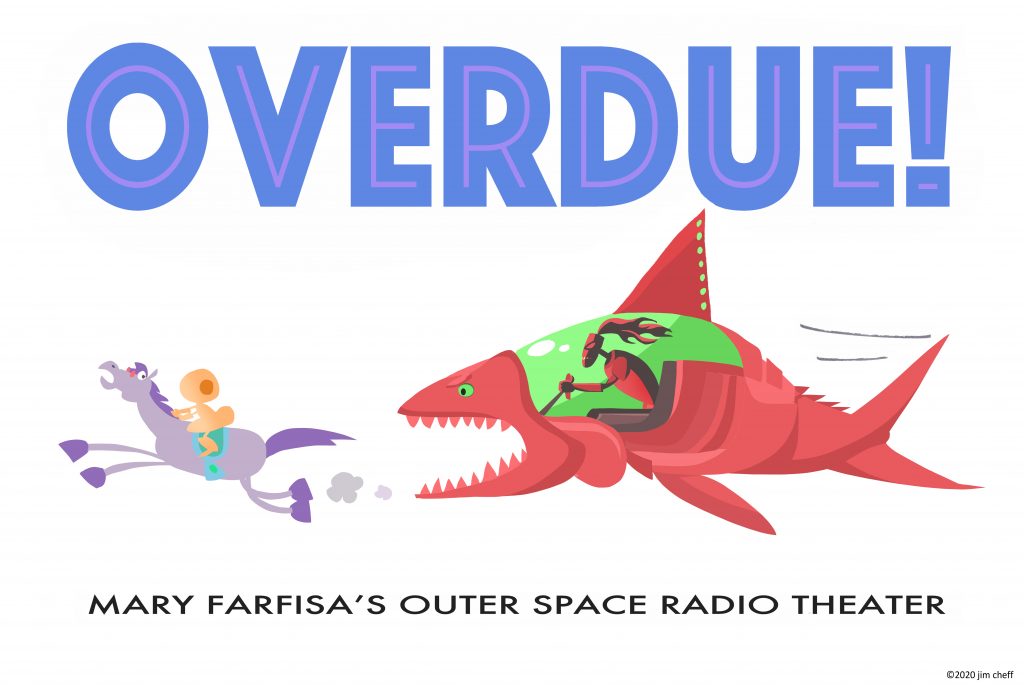Featured in the February issue of The Wire Magazine:
The tagline for Radiophrenia, the temporary live radio station from Glasgow, is “the light at the end of the dial”. Since 2015, with only one year off, it’s been an annual highlight; a two week window into audio strangeness and rampant exploration, featuring sound art and radio plays from around the world. Running 24 hours a day in November, the constant stream of transmissions was especially welcome this year, a switch from the laptop glare of Zooms, beaming odd noise into our ears instead. Co-organisers Mark Vernon and Barry Burns (“not the bloke out of Mogwai, a different unsuccessful one,” says their website) graciously schedule their own works into the graveyard shifts.
In the small hours of one morning, Vernon shares tape recordings of singing, dripping rain and church bells from the Irish mountain town of Kilfinane that he’d buried for a few days in the grounds of a school (Magneto Mori – Kilfinane). On another, Burns continues his longrunning project of collecting a sample from 23 minutes into every video viewed on his laptop (23 Minutes To Go: Commence Exuding The Opaque Vapour).
There is no brief or theme for the fortnight, just an uncategorisable rummage bin of excellent documentaries and studio performances, sometimes sewn together with voices from announcers that pop up in varying accents and genders, other times run together without interruption. This year the organisers have commissioned works from around 20 acts, including Finnish winter field recordist Marja Ahti, Glasgow experimental dancer and artist Ashanti Harris, composer and Hildegard Von Bingen fan Nwando Ebizie, Morocco-inspired Japanese artist Aki Onda, and otherworldly singer and synth sorcerer Cucina Povera.
OOR Scintilla (the duo of Louisa Love and Clive McLachlan Powell) take low and murky recordings along the Union Canal in Edinburgh and blend them with forest noises, hurdy-gurdy and harmonium, while over in Hong Kong Catherine Clover tapes shrill and chirpy songbirds in the markets of Yuen Po Street bird garden as they blur with soaring radio melodies and Cantonese chatter. Ceylan Hay aka Bell Lungs teams up with Foley artist and BBC sound designer Heather Andrews to create a new live score for the 1922 silent film Häxan, with a voiceover detailing the injustice of the many Scottish convictions for witchcraft around the 17th century. Flipping the silent film format on its head, this Radiophrenia adaptation creates a crepuscular, occult based audio-only piece with no visuals.
Orkney based artist Sheena Graham-George delves into the world of cilliní – infant burial grounds in Ireland where unbaptised babies were buried due to Catholic doctrine which forbade them from being laid to rest in consecrated grounds. Her chilling work Requiescat tells the story of the mothers often buried with their babies, marginalised in death alongside those who had died by suicide, or lived with learning disabilities. (Graham-George’s piece can be found on SoundCloud, unlike many of the works showcased by Radiophrenia with no playback option, keeping that two week window extra special.)
Luke Fowler recreates a beautiful performance from 2019’s Sonica festival, where he played his homemade orchestra of acoustic gourds with accompaniment by Richard Youngs and Stevie Jones in the echoing surrounds of Hamilton Mausoleum; elsewhere (during a piece by Chris Dooks) an older Scottish woman describes her crochet knitting technique.
The reliably unreliable nature of its contents is one of Radiophrenia 2020’s comforts. Pressing a button midway through a sleepless night or late in the day to block out Brexit or Covid news, you might find you’re joining a John Cage-inspired meditative trudge through the Cheviot Hills (Martin Eccles’s Back Up The Long Wall: Four Midsummer Dances For An Imaginary Island); or you could be softly hypnotised by an ambient piece made by playing acupuncture needles (Hania Piosik, as part of Radiophrenia’s partnered broadcasts with Kapitał Gains project coordinated by Goethe Institut and Radio Kapitał in Warsaw). As I take out my recycling, I’m kept company by a religious radio broadcast from Atlanta, Georgia (Alyssa Hood’s Excommunicado Undone); then I unload the dishwasher while listening in on two young girls playing games in a reverb-heavy courtyard in Paris Montmartre (Axel Gomo’s Rear Window series). The warped and looped ice cream chimes on Gregory Kramer’s Melting Neapolitan, with their faraway familiar but mildly terrifying sound, drift in through my speakers, and I tune in more than once to catch a repeat of tandsmør, aka Tilly Alexander Hallworth’s Ever And Ever (Forever And Ever) – a fantastic blur of tone deaf, uninhibited karaoke to Whitney Houston, The Shirelles and vocoder-treated Demis Roussos, overlaid with readings from Audre Lorde essays, all in celebration of “joy and self love and their interplay”.
“Radio as an artform has an ability to create a sense of community amongst a disparate and geographically isolated set of listeners whilst generating the excitement and energy implicit in a live broadcast,” Mark Vernon once said, very sagely, on his website. 336 hours of broadcasting later, after the 2020 edition of Radiophrenia fades back into the silence for another year, I’m reminded again of exactly what he means.
Claire Sawers

